Journey is a new adventure-platformer with a very different approach to gameplay. How Journey’s soundtrack differs from other video game soundtracks is also rather difficult to explain. The game is like an adventure game with subtle qualities of an interactive music maker; you play along with or without the realization that you’re creating tuneful melodies by your actions, like in de Blob. This is why Journey has such a unique soundtrack.
The music in Journey speaks in a wide range of emotions. It joyously jumps, brightens, cheers, yells, shrieks, weeps, even aches in pain. Does this range of emotions translate well in-game? Also, I’ve often regarded Rez as one of the best musical adventures to exist in video game history. So does Journey come close to taking that title for a newer generation of games?
Find out after the jump!
In Journey, no dialog is spoken, and as you progress through the game, you realize this was developers thatgamecompany’s intent. Visuals in Journey are impressive, but the game needs audio. Gamers would be doing themselves a disservice by playing Journey on mute. Many video game developers don’t take advantage of music; they use music as background ambience. But Journey’s soundtrack is different. It’s a guide for gamers, to know friend from foe, it engages in dialog, it sings, it frightens, it encourages.
The theme of Journey is first previewed in “Nascence.” Austin Wintory, the composer of the soundtrack, uses this theme all throughout the game like many other composers would, but he uses it in a way that doesn’t hinder other songs that incorporates the theme. It clearly demonstrates Wintory’s mastery of this medium.
I was personally surprised by the occurrence of sound effects in the second track, “The Call.” You hear a soft whisper in the beginning of the track, wind blowing, becoming louder and louder, and violins building anticipation. I always love when sound effects are incorporated into music, and this is done perfectly in “The Call.” I was also surprised by the use of distorted strings after the buildup — The use of violins and a flute is subtle and smooth yet the distorted effect makes the piece fit the smoldering desert in Journey.
The “First Confluence” is one of many pieces that accompany the exotic murals that are show in-between areas. When the player finishes a particular area, the in-game character sits down in front of a stone and sees a mural that actually foreshadows the coming adventure.
“The Road of Trials,” comes in when the player begins sand surfing down a sand dune. This piece features an adventurous melody, an increased tempo, and riveting drums. This is one of the most fun parts of the game, and the music encapsulates this. There are airy moments where everything stops for a few measures, almost like the music is flying in the air, and then there are moments where you are fixated on exploring and the mood of the music is a bit calmer. These moods coincides perfectly with the game, as the airy moments occur when the player jumps off a ledge, while the fixated moments come when you can explore specific areas.
Though “Descent” may not sound as foreboding, I assure you that Journey’s visuals make it more than frightening. The drums in “Descent” startled the heck out of me, and the use of shakers is creative. This area is filled with snake-like creatures that attack the player if they’re sighted. The shakers loom in the background of “Descent” as a reminder of this lucking danger, while the drums appear when you are initially caught.
Things start to get momentous in “Nadir.” The strings play counter to the bass, which is purposely out-of-tune. Fast passages and tremolo’s on the violin make the music rough, harsh, and full of danger; perfect in the blizzard environment where you encounter “Nadir.” You almost get the sense that if the violins stop playing, that’s when the journey may end. However, around the end, the drums crash like thunder and the wind can be heard again, building anticipation. Then suddenly, silence. A faint violin is heard, as if signaling that the journey is over, causing my heart to sink.
This is why “Apotheosis” is possibly the best track on the entire album. The violins begin back up, building in intensity alongside the percussion. What happens next brings me to tears every time I listen to this track. True to the on-screen visuals, the music sounds as if it’s flying in the air and is simply surreal. It was as if all the previous tracks were building up towards. By the end of the track, the music slowly walks towards its end; no need for trumpets, no need for a crashing cymbals or fanfare, all you hear is the violin softly playing the main melody, holding onto that last note, making it count.
Many videogame composers explore an idea in their music, but they are too afraid to break rules; they are confounded (almost blinded) by them. These composers often lose their magic, making notes to fill the time. Wintory’s approach almost feels like the opposite. He not only uses the time allotted properly, but it feels like there are no wasted notes in Journey. I guarantee that players who experience Journey will eventually complement its music. Not just because the music deserves this praise, but because it’s hard to ignore the beauty in the music. Forget De Blob, forget Rez, and forget all those techno drum-n-bass trance simulator video games that try to mix an interactive soundtrack with gameplay. In my opinion, Journey is something that redefines what an interactive soundtrack is for a new generation of games.
Check out Journey’s soundtrack and play the game if you get a chance. The soundtrack is available on iTunes for $4.99 and PSN for $10. It’s not often that something so unique and different falls on our lap.
What do you guys think about the soundtrack? Do you think this tops Rez? Comments are welcome.
Tags: Austin Wintory, Journey, Music Reviews, Orchestral, PSN, Reviews, thatgamecompany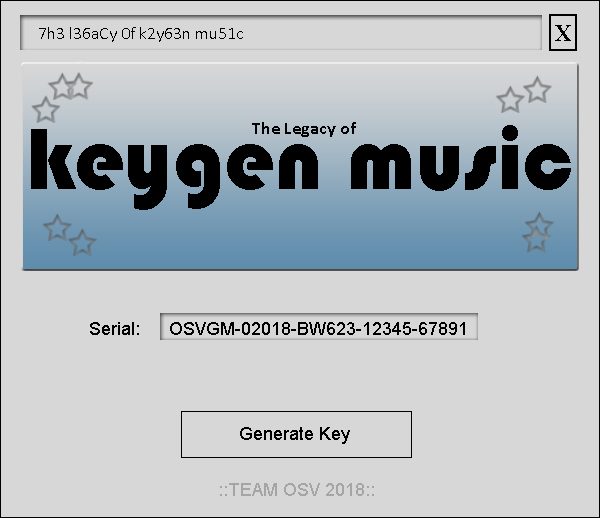
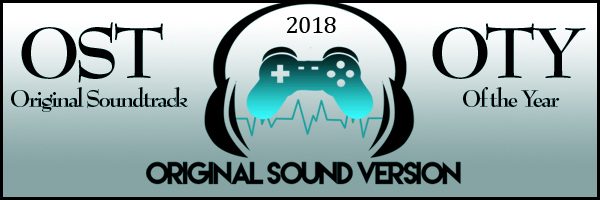
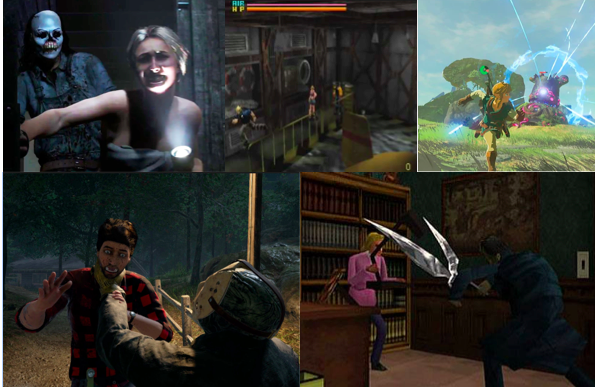


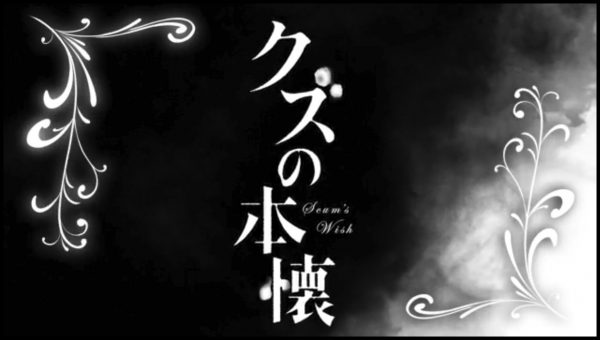


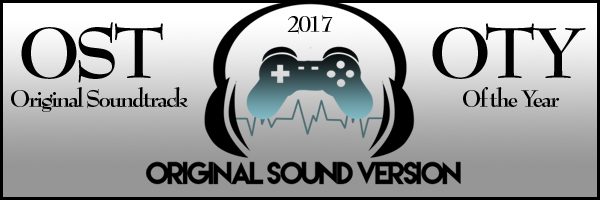

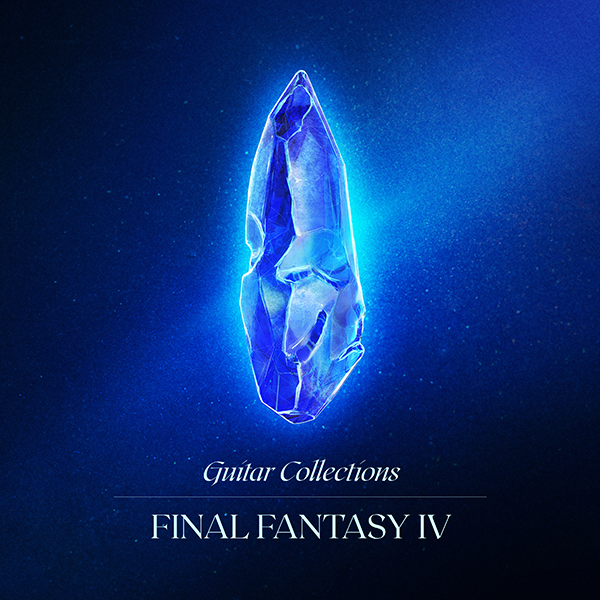
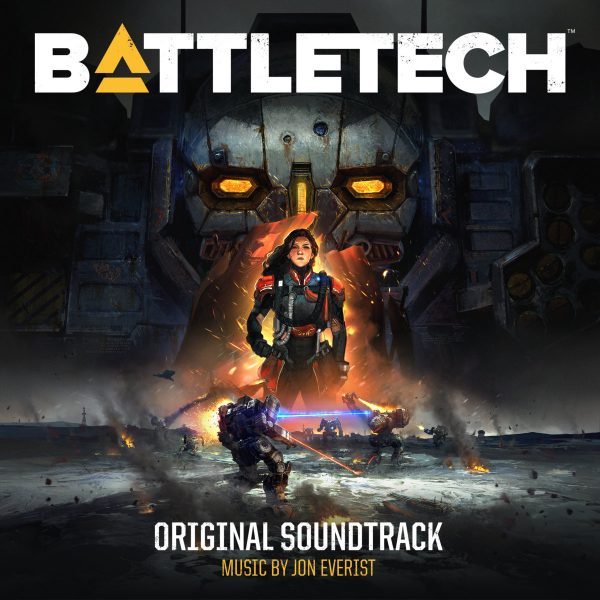
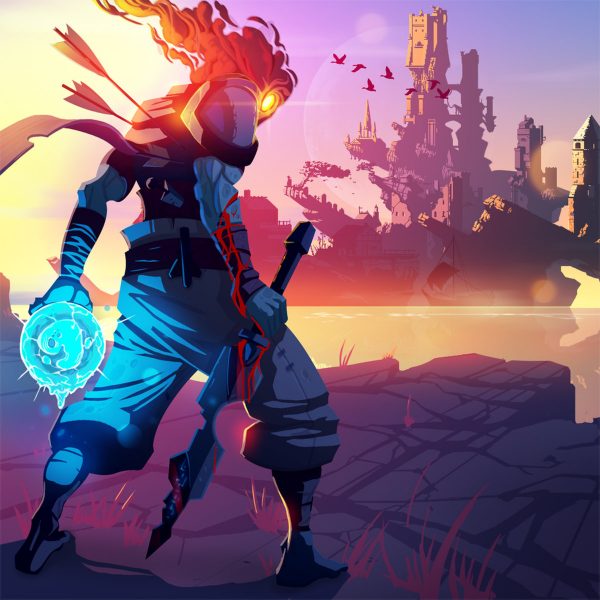
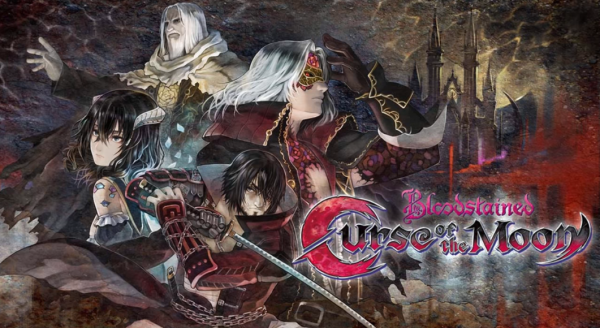
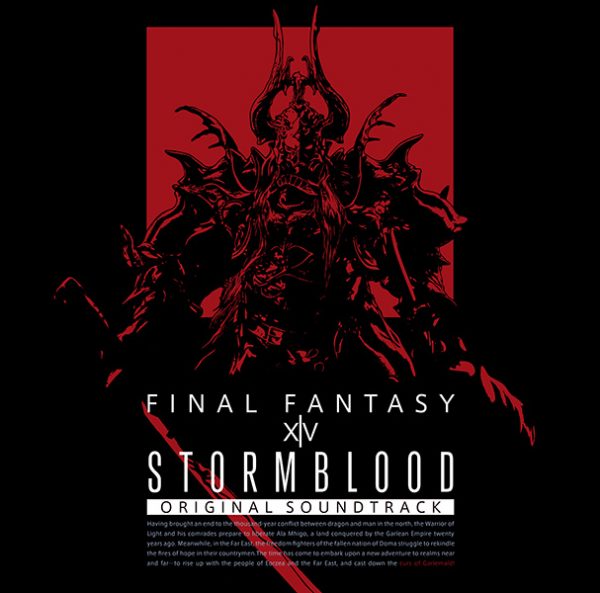
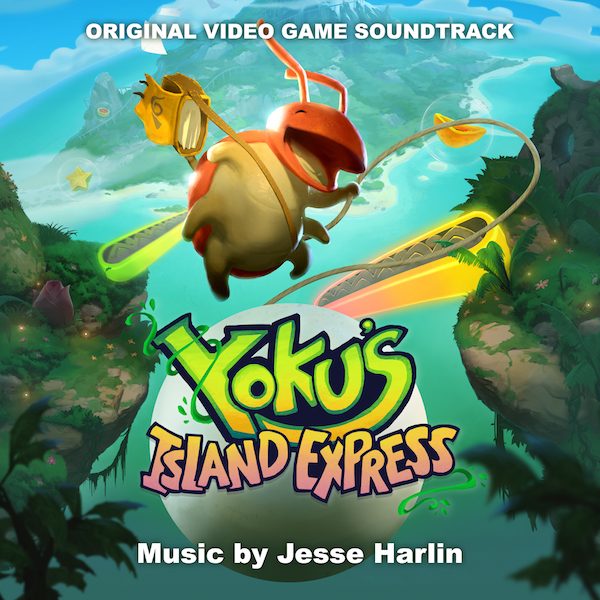
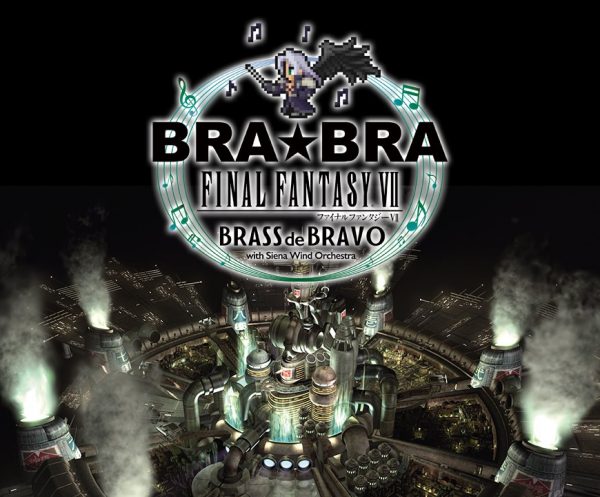
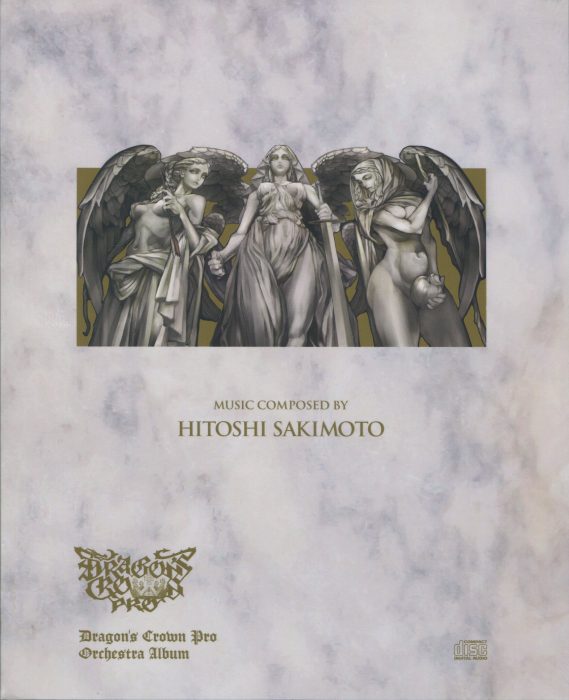
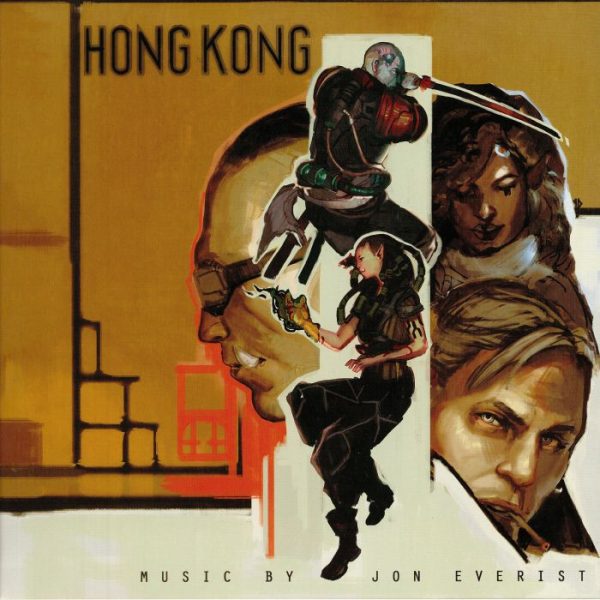
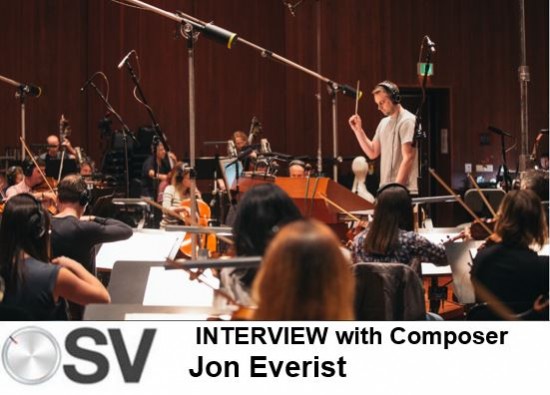
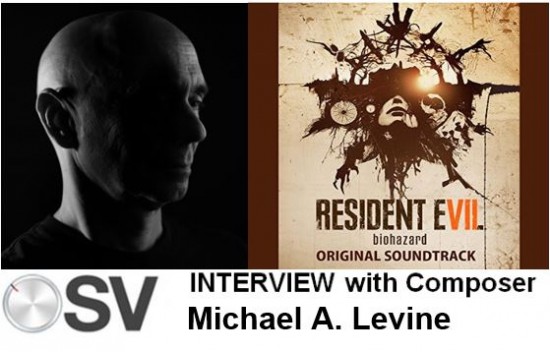
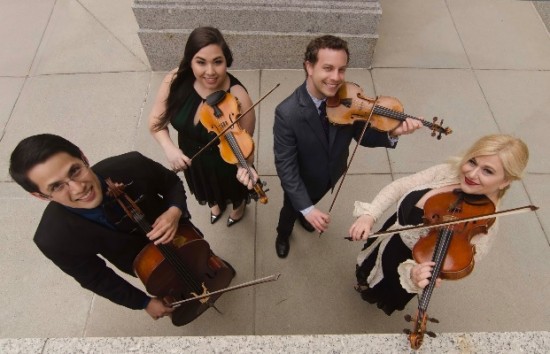
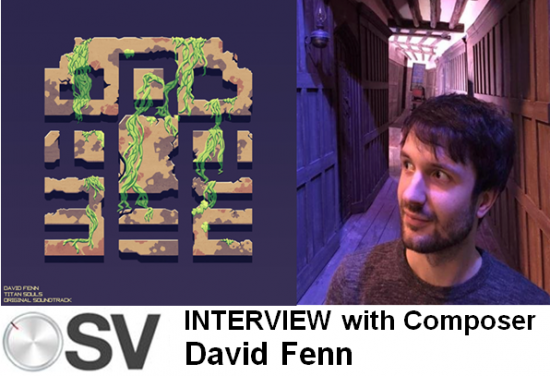
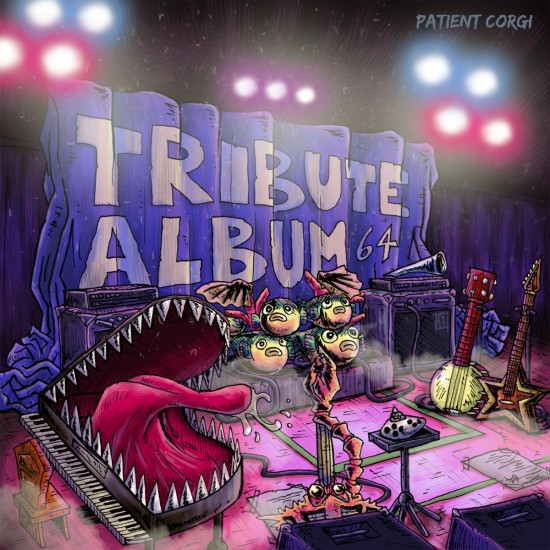

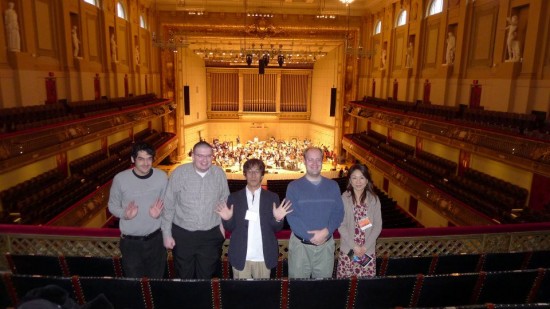
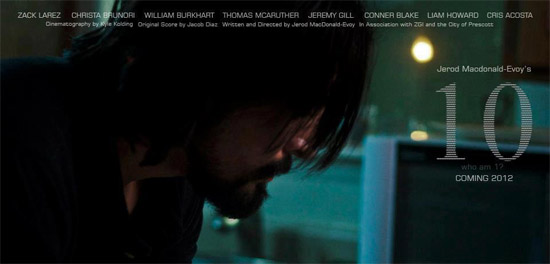
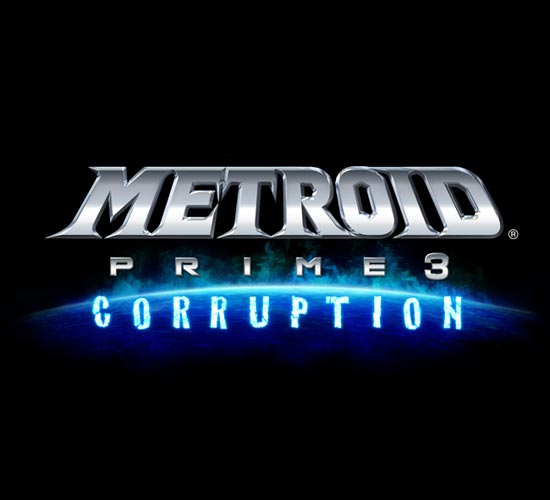




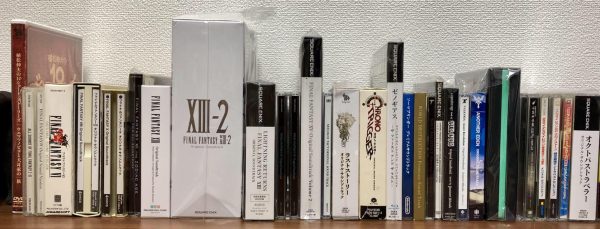
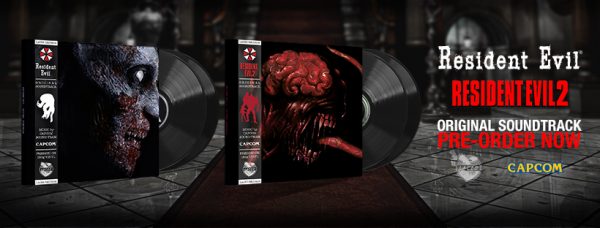
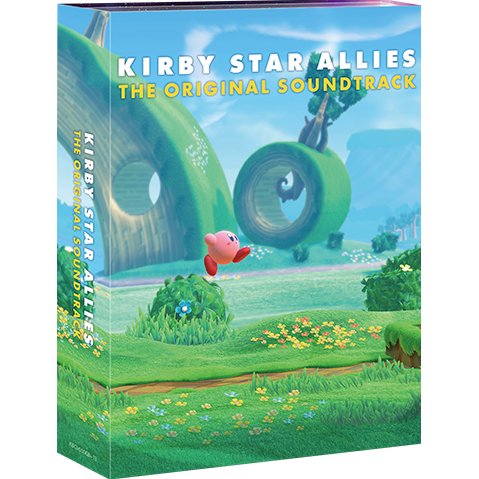
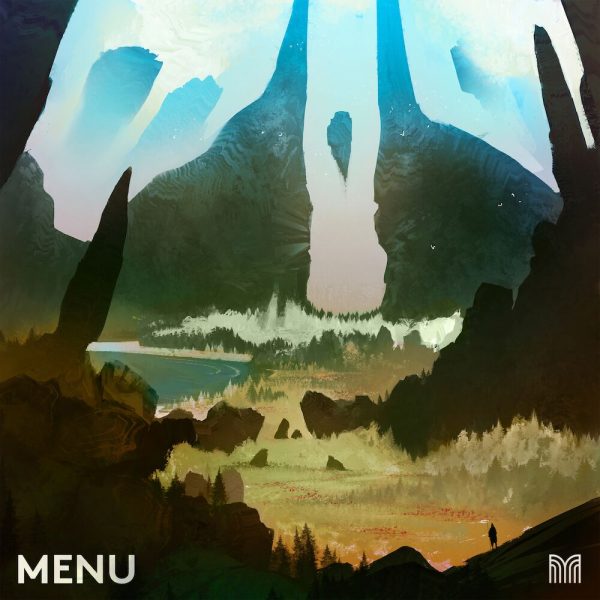
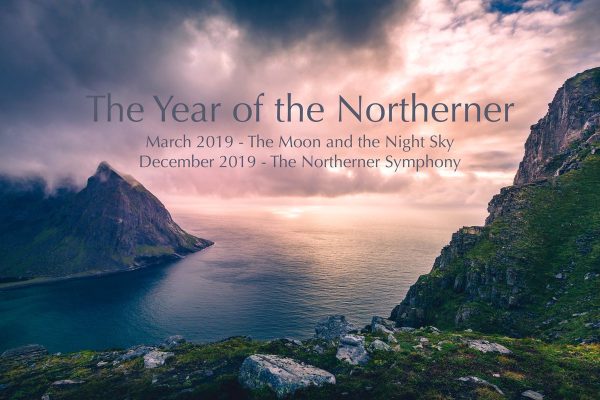
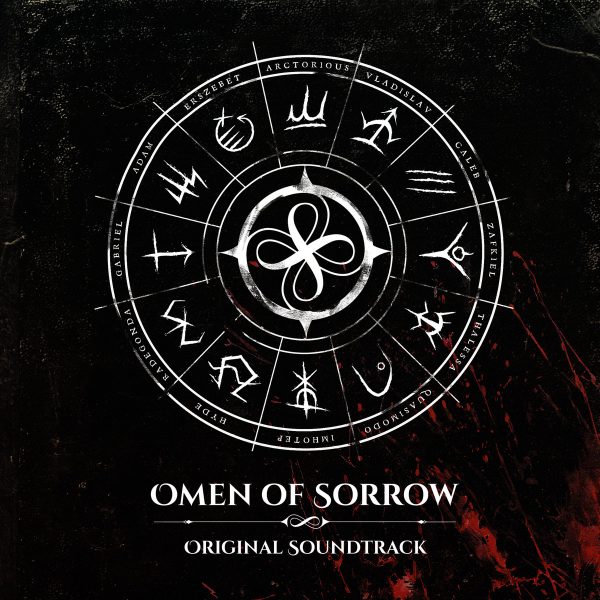
I haven’t played the game yet, I’ve only seen a walkthrough by a youtuber, and may I just say that even by just seeing the ending I felt a lump in my throat. After watching the walkthrough, I decided to see some more reviews of it, to see if anyone else felt the same as I did. They did.
I saw one of a guy who was brought to tears by the ending, others who were simply awestruck in their explanations of the ending, but of course, there were those sad few who didn’t see why it was such a big game.
This game was art, a masterpiece among games. The soundtrack complements that perfectly (it’s especially good to write fiction to).
I need to play this for myself, no doubt about it.